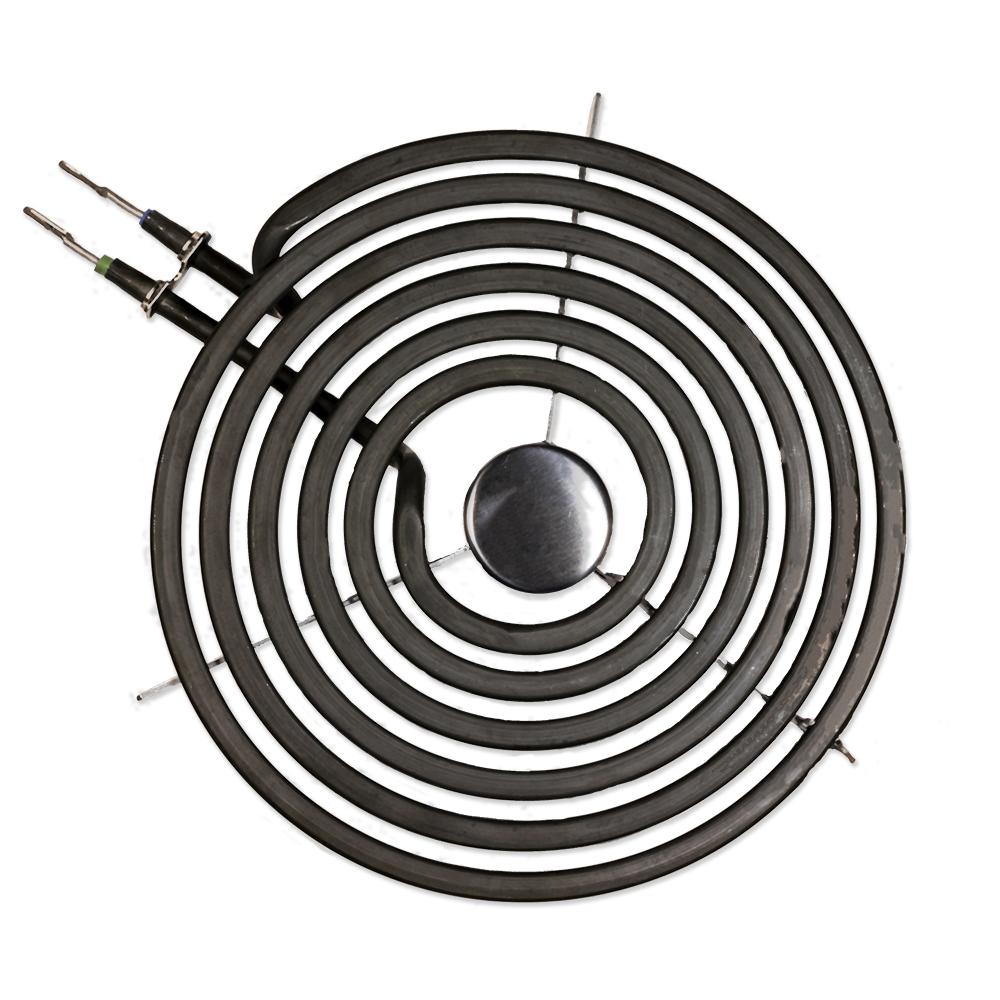


This metal alloy was created more than century ago by Albert Marsh and is still in used today after. It is made up of an alloy of nickel (80) and chromium (20) that together care known as Nichrome. One of the most common heating element types is the metal heating element. From open coil elements and square flange heaters to finned tubular heaters, WATTCO™ manufactures and distributes every water heating element on the market today and delivers it quickly with a guarantee of service after the sale. A very old and popular material used as heating element. Even more important is finding a supplier whose over the side heaters and other quality products are matched with superior customer service and technical support. Email Support email protected Call Support +86 021-34125536 Home Products. That is why it is so important to build a relationship with a vendor like WATTCO™ – one with the experience and know-how to build the product you need for your precise specifications. Heating Elements Manufacturers, Factory, Suppliers From China, Saving energy, start here. Experienced engineers and people of industry know that industrial heating elements are an integral part of many systems. When it comes to superior performance and energy efficiency in industrial water immersion heaters, nothing is a given. A ceramic-based resistant element, the MoSi2. Our knowledgeable sales representatives would be more than happy to assist you with your project. Sentro Tech manufactures Molybdenum disilicide (MoSi2) heating elements for industrial and laboratory furnaces. Please visit our products page for more information on any of our products. This allows for easy maintenance and extremely low production downtime. Custom made in-line heaters are also available with flanged immersion heaters. Electric current through the element encounters resistance. Wattco offers these inline heaters in standard terminal housings, water resistant (NEMA 4) and explosion proof terminal housings. A heating element converts electrical energy into heat through the process of Joule heating. This process is independent of the direction of current passing through it. Joule heating occurs when an electric current passing through the electrical element encounters resistance, resulting in the heating of the electrical element. In line heaters (also known as Circulation Heaters) have become a major component for applications as they have the ability to heat viscous mediums almost immediately. A heating element converts electrical energy into heat through the process of Joule heating.


 0 kommentar(er)
0 kommentar(er)
